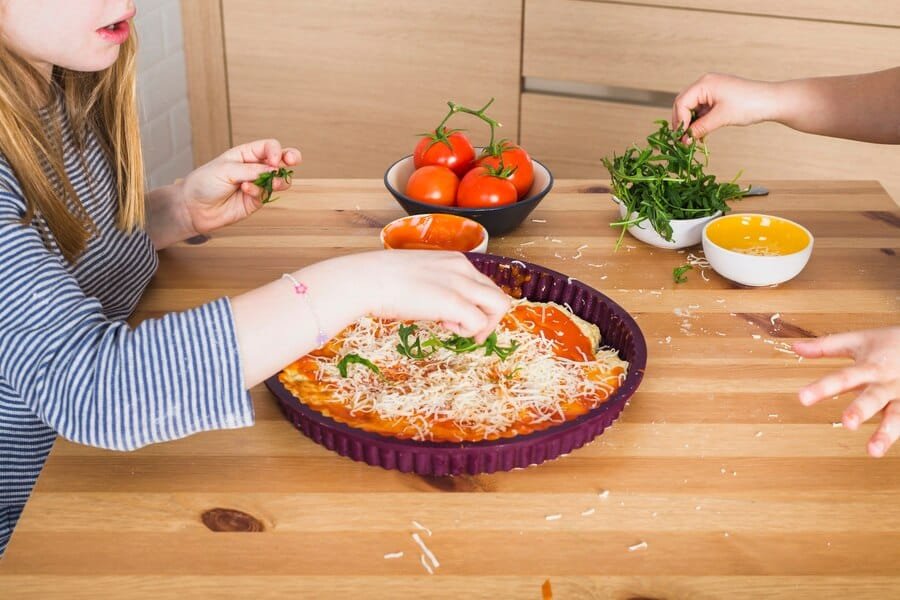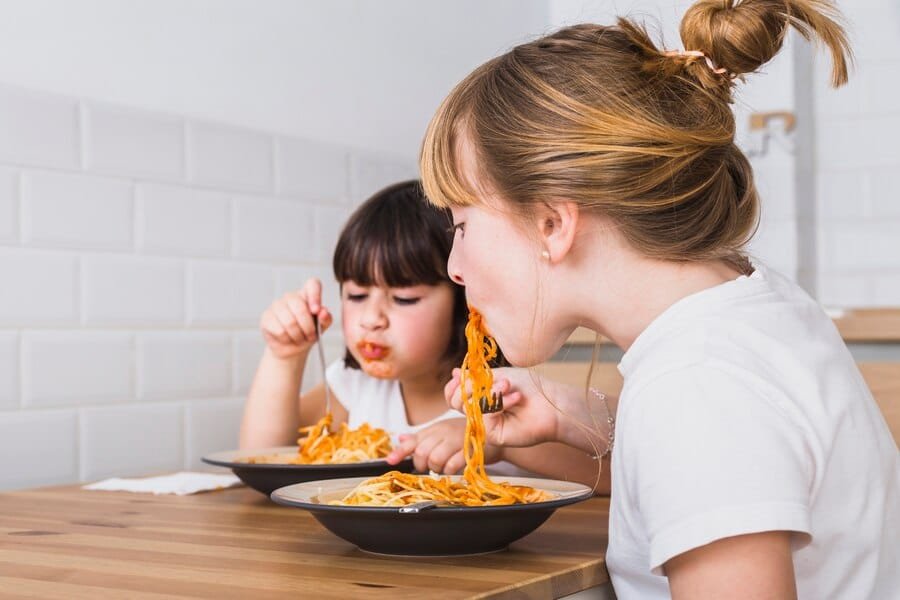
Navigating the daily challenge of packing lunches for picky eaters can feel like solving a complex puzzle. Whether you’re a parent trying to ensure your child eats a nutritious meal at school or someone looking to pack interesting lunches for a selective eater at home, finding the right balance between healthy and appealing can be tricky. This comprehensive guide explores creative, time-saving recipes and strategies to make lunchbox packing a breeze while ensuring your picky eater gets the nutrition they need.
Read Also:
- Master Your Week: Comprehensive Guide to Quick and Efficient Meal Prep
- Delicious Low-Calorie Dinner Recipes: Satisfying Meals Under 500 Calories
- Protein-Packed Breakfast Ideas: The Ultimate Guide to Starting Your Day Strong
- The Complete Guide to Gluten-Free Healthy Meal Options: Nourishing Your Body While Living Gluten-Free
Understanding Picky Eating Behaviors and Solutions
According to research from the Journal of Nutrition Education and Behavior, picky eating affects up to 50% of young children and can persist into adolescence and adulthood. Child nutrition experts at Stanford Children’s Health emphasize that involving children in meal planning and preparation can significantly increase their willingness to try new foods. Creating visually appealing lunches with familiar elements alongside new options provides a comfortable way to expand their palate while ensuring they maintain proper nutrition throughout the day.
Essential Tips for Packing Success
The Academy of Nutrition and Dietetics recommends following several key principles when preparing lunches for picky eaters. Making food fun and visually appealing through creative presentation can significantly impact acceptance. Using bento-style containers with separate compartments helps prevent different foods from touching – a common concern for picky eaters. Additionally, maintaining proper food temperature through quality insulated containers ensures optimal taste and food safety.
Quick and Kid-Approved Recipe Ideas
1. Rainbow Pizza Roll-Ups
- Whole wheat tortillas spread with pizza sauce
- Low-fat mozzarella cheese
- Finely diced colorful vegetables (carrots, spinach, yellow peppers)
- Optional: turkey pepperoni for protein
These roll-ups can be prepared in under 10 minutes and, according to EatingWell, provide essential nutrients while maintaining the familiar pizza flavors children love.
2. Build-Your-Own Lunch Kabobs
- Cubed cheese
- Cherry tomatoes
- Turkey or chicken chunks
- Whole grain crackers
- Grape skewers
The Food Network notes that involving kids in assembling their own kabobs increases the likelihood they’ll eat their lunch while developing fine motor skills.
3. Colorful Pasta Salad Boxes
- Tricolor rotini pasta
- Diced vegetables
- Italian dressing
- Cubed cheese
- Cherry tomatoes
Cooking Light suggests this versatile recipe can be customized based on preferences while maintaining nutritional value.
Comparison of Popular Lunchbox Solutions
| Feature | Traditional Sandwich | Bento Box Style | Hot Food Container |
|---|---|---|---|
| Prep Time | 5-10 minutes | 15-20 minutes | 10-15 minutes |
| Visual Appeal | Moderate | High | Moderate |
| Versatility | Moderate | Very High | High |
| Temperature Control | Limited | Good | Excellent |
| Kid Appeal | Moderate | Very High | High |
| Cost Effectiveness | High | Moderate | Moderate |
Smart Substitutions for Common Allergens
The experts at FARE (Food Allergy Research & Education) recommend these clever substitutions that maintain taste and texture while accommodating common allergies:
- Replace peanut butter with sunflower seed butter
- Use gluten-free wraps instead of regular bread
- Substitute dairy cheese with plant-based alternatives
- Choose seed-based proteins instead of nut-based options
Time-Saving Preparation Tips
Real Simple suggests implementing these strategies to streamline lunch packing:
- Prep vegetables and fruits for the week during weekend meal prep
- Use silicone muffin cups for portion control and organization
- Prepare and freeze certain items in advance
- Create a designated lunch-packing station in your kitchen
The Psychology of Picky Eating
Research published in the International Journal of Behavioral Nutrition and Physical Activity indicates that presentation and involvement in food preparation significantly impact a child’s willingness to try new foods. Creating positive associations with mealtimes and reducing pressure around eating can help develop healthier relationships with food.
Frequently Asked Questions
Q: How can I keep cut fruits from browning in the lunchbox?
A: According to Better Homes & Gardens, tossing cut fruits in lemon juice or using specialized produce preserving sheets can prevent oxidation and maintain freshness.
Q: What are some protein options besides deli meat?
A: Nutrition Today suggests alternatives like:
- Hard-boiled eggs
- Greek yogurt
- Hummus
- Quinoa salads
- Bean-based dips
Q: How can I maintain food safety in packed lunches?
A: The FDA recommends using insulated containers, ice packs, and checking food temperatures regularly to ensure safety.
Q: What are some creative ways to present vegetables?
A: Parents Magazine recommends:
- Creating vegetable faces
- Using cookie cutters for shapes
- Making rainbow arrangements
- Serving with fun dips
Conclusion
Creating appealing lunchboxes for picky eaters doesn’t have to be a daily struggle. By incorporating these quick recipes, time-saving strategies, and presentation techniques, you can develop a sustainable routine that works for both you and your picky eater. Remember that small changes over time can lead to significant improvements in eating habits. The key is maintaining consistency while gradually introducing new options in a low-pressure, visually appealing way.
Focus on creating balanced meals that include familiar favorites alongside new options, and don’t be afraid to get creative with presentation. With proper planning and the right tools, you can transform the challenge of packing lunches for picky eaters into an opportunity to nurture healthy eating habits that will last a lifetime. As noted by child development experts at Child Mind Institute, the goal isn’t to force dramatic changes but to foster a positive relationship with food through patience, creativity, and understanding.
Remember that every child’s journey with food is unique, and what works for one may not work for another. Stay flexible in your approach, celebrate small victories, and continue to experiment with new recipes and presentation ideas. With time and persistence, you’ll develop a repertoire of quick, nutritious, and appealing lunchbox solutions that work for your picky eater.
Through consistent implementation of these strategies and recipes, coupled with patience and creativity, you can transform the daily task of packing lunches from a stressful challenge into an opportunity to nourish both body and mind. The journey to expanding a picky eater’s palate may take time, but with these tools and techniques at your disposal, you’re well-equipped to make progress one lunchbox at a time.


